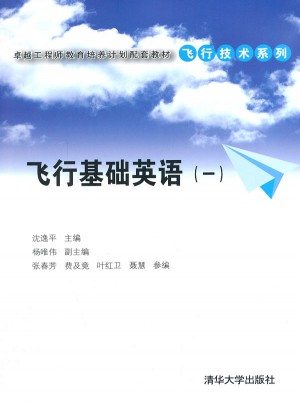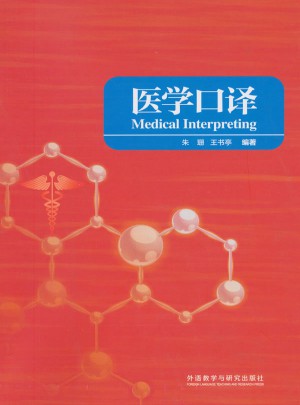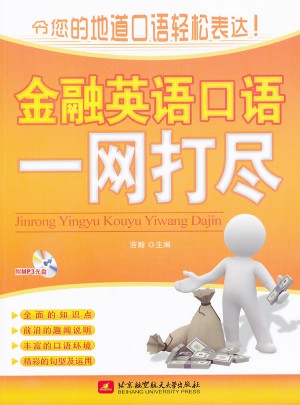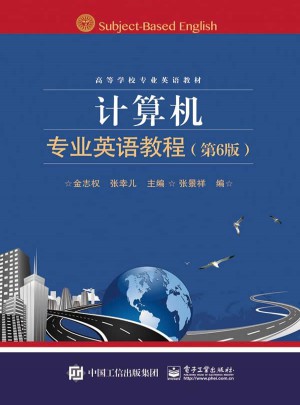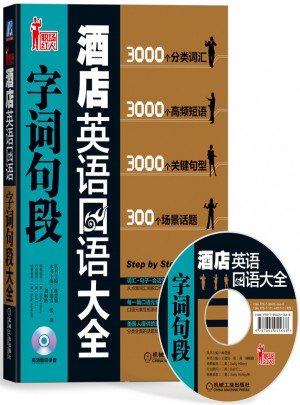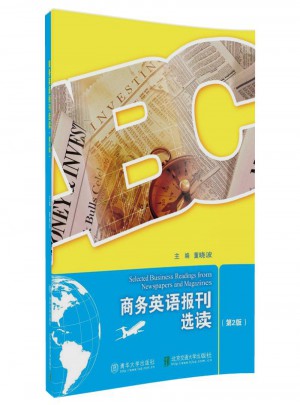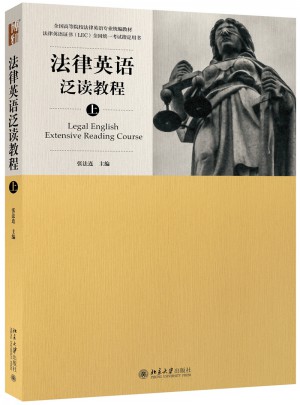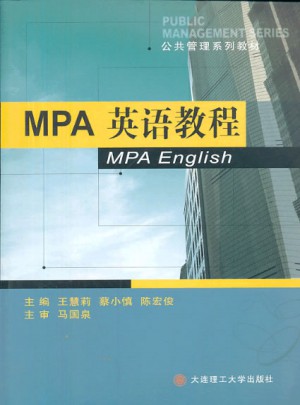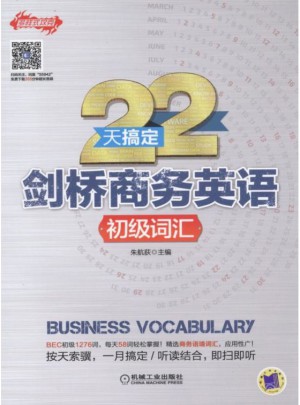Chapter 1Business and Society(企業(yè)與社會(huì))
Ⅰ. The Social Responsibility of Business(企業(yè)的社會(huì)責(zé)任)
Ⅱ. Consumerism(保護(hù)消費(fèi)者利益)
Ⅲ. Business Ethics(商業(yè)道德)
Chapter 2Forms of Business Ownership(1)(企業(yè)所有制形式)(1)
Ⅰ. Sole Proprietorships(個(gè)體企業(yè))
Ⅱ. Partnerships(合伙企業(yè))
Chapter 3Forms of Business Ownership(2)(企業(yè)所有制形式)(2)
Ⅰ. What Is a Corporation?(什么是有限責(zé)任公司?)
Ⅱ. How Corporations Are Created and Managed?(有限責(zé)任公司如何創(chuàng)立和管理?)
Ⅲ. Advantages and Disadvantages of Corporations(有限責(zé)任公司的利弊)
Chapter 4Management Principles(管理原則)
Ⅰ. Nature of Management(管理的本義)
Ⅱ. Levels of Management(管理的層次)
Ⅲ. Functions of Management(管理的功能)
Chapter 5Managerial Skills and Managers(管理技能和管理人員)
Ⅰ. Styles of Leadership(領(lǐng)導(dǎo)風(fēng)格)
Ⅱ. Managerial Skills(管理技能)
Ⅲ. Where Do Managers Come From?(管理人員從何而來(lái)?)
Ⅳ. Better Communication(加強(qiáng)溝通)
Chapter 6Corporate Culture(企業(yè)文化)
Ⅰ. What Is Corporate Culture?(什么是企業(yè)文化?)
Ⅱ. Elements of Corporate Culture(企業(yè)文化的組成部分)
Ⅲ. Creating a Corporate Culture(創(chuàng)造企業(yè)文化)
Chapter 7Business Organization and Structure(企業(yè)的組織和結(jié)構(gòu))
Ⅰ. Specialization(專(zhuān)門(mén)化)
Ⅱ. Delegation of Authority(授權(quán))
Ⅲ. Degree of Centralization(集權(quán)程度)
Ⅳ. Departmentalization(部門(mén)化)
Chapter 8Products(產(chǎn)品)
Ⅰ. Nature of Products(產(chǎn)品的本義)
Ⅱ. Research and Development(研究與開(kāi)發(fā))
Ⅲ. Product Life Cycle(產(chǎn)品的生命周期)
Chapter 9Pricing(定價(jià))
Ⅰ. Nature of Pricing(定價(jià)的本義)
Ⅱ. Pricing Objectives(定價(jià)目標(biāo))
Ⅲ. Pricing Policies(定價(jià)策略)
Chapter 10Production Management(生產(chǎn)管理)
Ⅰ. Facility Location(廠址選擇)
Ⅱ. Product Design(產(chǎn)品設(shè)計(jì))
Ⅲ. Quality Control(質(zhì)量控制)
Chapter 11Human Resources Management(1)(人力資源管理)(1)
Ⅰ. Maslows Hierarchy of Needs(馬斯洛的需求層次理論)
Ⅱ. Herzbergs TwoFactor Theory(赫茲伯格的雙因素理論)
Ⅲ. McGregors Theory X and Theory Y(麥格雷戈的X理論和Y理論)
Ⅳ. Job Enrichment(工作豐富化)
Chapter 12Human Resources Management(2)(人力資源管理)(2)
Ⅰ. The Selection Process(人員選擇過(guò)程)
Ⅱ. Financial Compensation(經(jīng)濟(jì)補(bǔ)償)
Ⅲ. Promotions Transfers and Separations(提升、調(diào)動(dòng)和離職)
Chapter 13Business Communication Skills (1)(商務(wù)溝通技能)(1)
Ⅰ. Good Communication Works(良好溝通行之有效)
Ⅱ. Nonverbal Communication Skills(非語(yǔ)言溝通技能)
Ⅲ. Listening Skills(聆聽(tīng)技能)
Chapter 14Business Communication Skills (2)(商務(wù)溝通技能)(2)
Ⅰ. Resolving Conflict(解決沖突)
Ⅱ.Work Team Communication(團(tuán)隊(duì)溝通)
Ⅲ. Public Speaking Skills(演講技能)
Chapter 15Marketing(1)(營(yíng)銷(xiāo))(1)
Ⅰ. The Marketing Concept(營(yíng)銷(xiāo)的概念)
Ⅱ. Functions of Marketing(營(yíng)銷(xiāo)的職能)
Ⅲ. The Marketing Mix(營(yíng)銷(xiāo)組合)
Ⅳ. Marketing Research(市場(chǎng)調(diào)查)
Chapter 16Marketing(2)(營(yíng)銷(xiāo))(2)
Ⅰ. Sales Promotion(促銷(xiāo))
Ⅱ. Advertising(廣告)
Ⅲ. Publicity(宣傳)
Chapter 17Financial Management(財(cái)務(wù)管理)
Ⅰ. Objective of Financial Management(財(cái)務(wù)管理的目標(biāo))
Ⅱ. Sources of Funds(資金來(lái)源)
Ⅲ. Uses of Funds(資金使用)
Chapter 18Accounting and Financial Statements(會(huì)計(jì)和財(cái)務(wù)報(bào)表)
Ⅰ. Accounting and Accountants(會(huì)計(jì)和會(huì)計(jì)人員)
Ⅱ. The Income Statement(收益表)
Ⅲ. The Balance Sheet(資產(chǎn)負(fù)債表)
Chapter 19Business Law(商業(yè)法)
Ⅰ. Types and Sources of Law(法律的種類(lèi)和來(lái)源)
Ⅱ. The Contract Law(合同法)
Ⅲ. The Law of Property(財(cái)產(chǎn)法)
Ⅳ. The Law of Torts(民事侵權(quán)行為法)
Chapter 20Risk Management and Insurance(風(fēng)險(xiǎn)管理和保險(xiǎn))
Ⅰ. Risk and Risk Management Technique(風(fēng)險(xiǎn)和風(fēng)險(xiǎn)管理技術(shù))
Ⅱ. Basics of Insurance(保險(xiǎn)基礎(chǔ)知識(shí))
Ⅲ. Types of Insurance and Crisis in the Insurance Industry(保險(xiǎn)的種類(lèi)和保險(xiǎn)業(yè)的危機(jī))
Chapter 21Computers and Information Systems(計(jì)算機(jī)和信息系統(tǒng))
Ⅰ. The Management Information System(管理信息系統(tǒng))
Ⅱ. The Internet Intranets and Extranets in Business(商務(wù)中的因特網(wǎng)、內(nèi)聯(lián)網(wǎng)和外聯(lián)網(wǎng))
Ⅲ. BusinesstoConsumer ECommerce(企業(yè)對(duì)客戶的電子商務(wù))
Chapter 22International Business(國(guó)際商務(wù))
Ⅰ. Theories of Absolute and Comparative Advantage(利益和比較利益理論)
Ⅱ. Forms of International Trade(國(guó)際貿(mào)易的形式)
Ⅲ. Multinational Business(跨國(guó)公司)
Ⅳ. Trade Barriers(貿(mào)易壁壘)
Appendix ⅠGlossary(商務(wù)術(shù)語(yǔ)表)
Appendix ⅡKey to Exercises(練習(xí)參考答案)

